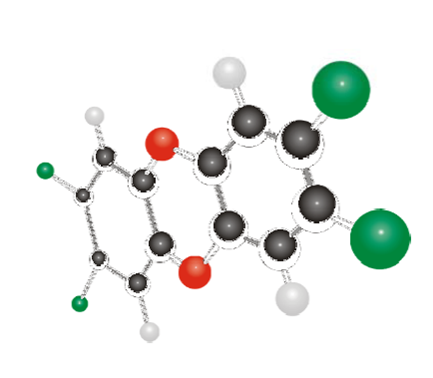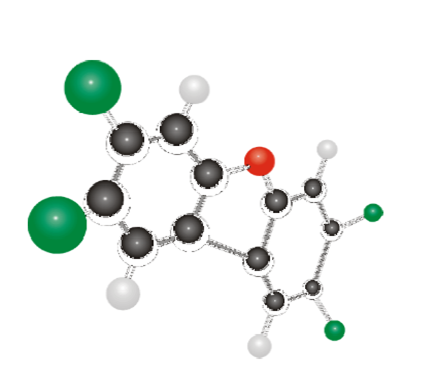Preface
One of the major goals of the Stockholm Convention on Persistent Organic Pollutants (POPs) is the continuing minimization and, where feasible, ultimate elimination of unintentionally produced POPs. Parties are required to identify, characterize, quantify and prioritize sources of releases of unintentionally produced POPs, and develop strategies with concrete measures, timelines and goals to minimize or eliminate these releases.
To support Parties in meeting these obligations, a methodology has been developed to ensure that source inventories and release estimates are complete, transparent, as well as consistent in format and content. It allows Parties to compare results, identify priorities, mark progress and follow changes over time at the national, regional and global levels.
The Standardized Toolkit for Identification and Quantification of Dioxin and Furan Releases was first published in 2003 and revised in 2005. In 2006, the Conference of the Parties to the Stockholm Convention welcomed the second Toolkit edition and recognized its usefulness. At the same time, Parties acknowledged the need for its ongoing revision and updating, placing emphasis on key sources for which limited data were available and on providing support to developing countries in their efforts to verify their emission factors. Parties also requested overall improvement of the usefulness and user friendliness of the Toolkit.
The revision process was open and inclusive, involving experts nominated by Parties as well as by nongovernmental organizations and industry associations, and in cooperation with UNEP Chemicals.
The Toolkit is the most comprehensive available compilation of emission factors for all relevant PCDD/PCDF sources. It is useful particularly in countries where measurement data are limited, enabling the elaboration of source inventories and release estimates by using the default emission factors. It is also useful in countries where national measurement data are available, as a reference document for data comparison and validation purposes.
he Conference of the Parties at its fifth meeting in 2011 welcomed these revisions and updates, and Parties were encouraged to use the additional guidance.
This edition of the Toolkit contains all new information, as well as model inventories illustrating relevant processes. In addition, the entire Toolkit is now available in an interactive electronic version, with information structured according to the level of technical detail. With these improvements, we hope the Parties will find the new Toolkit edition more useful and user friendly than ever.
Jim Willis
Executive Secretary




